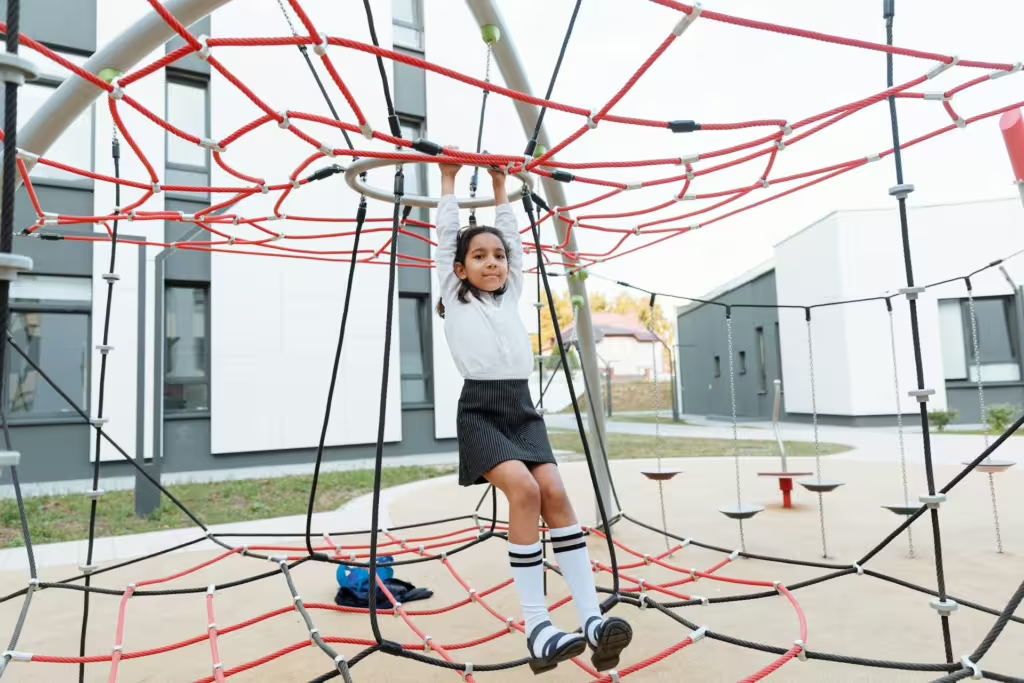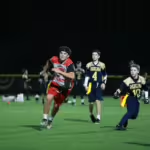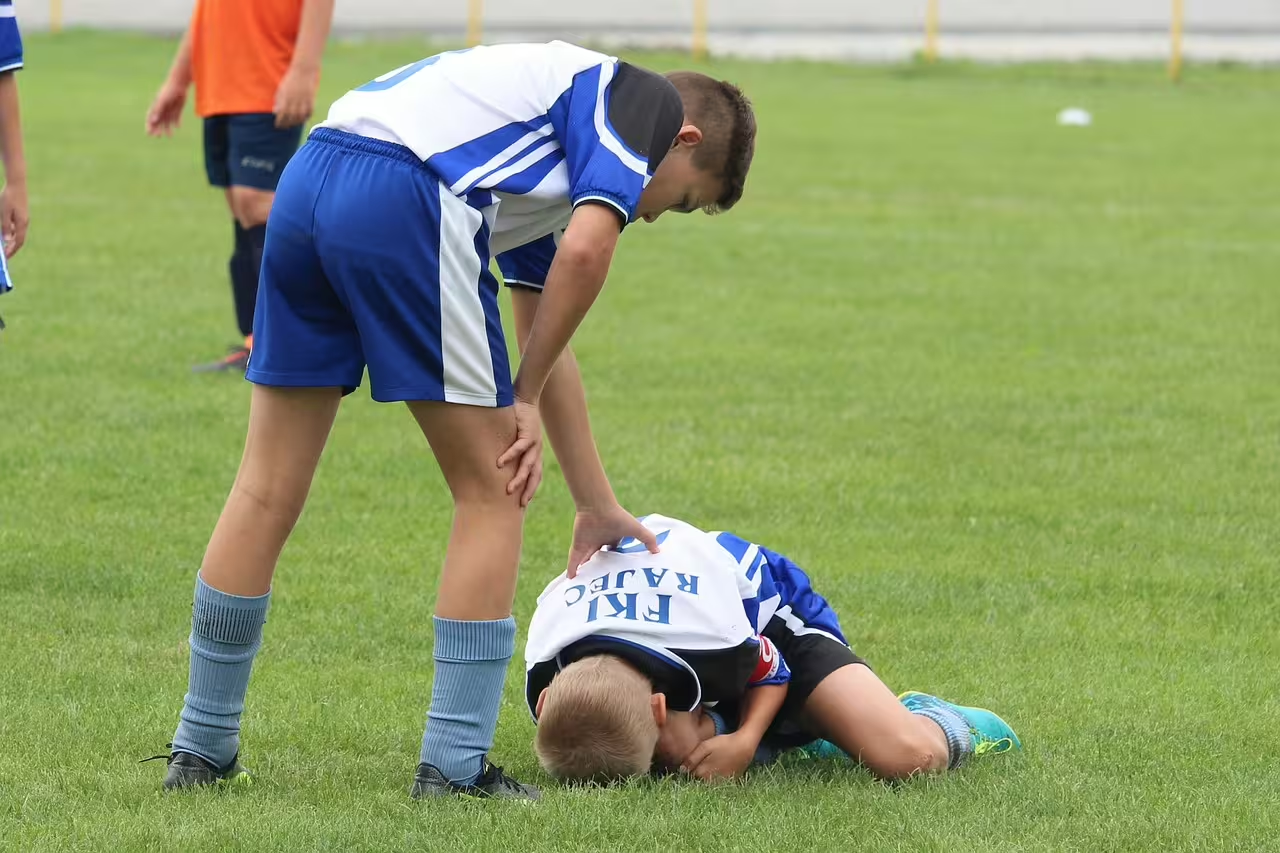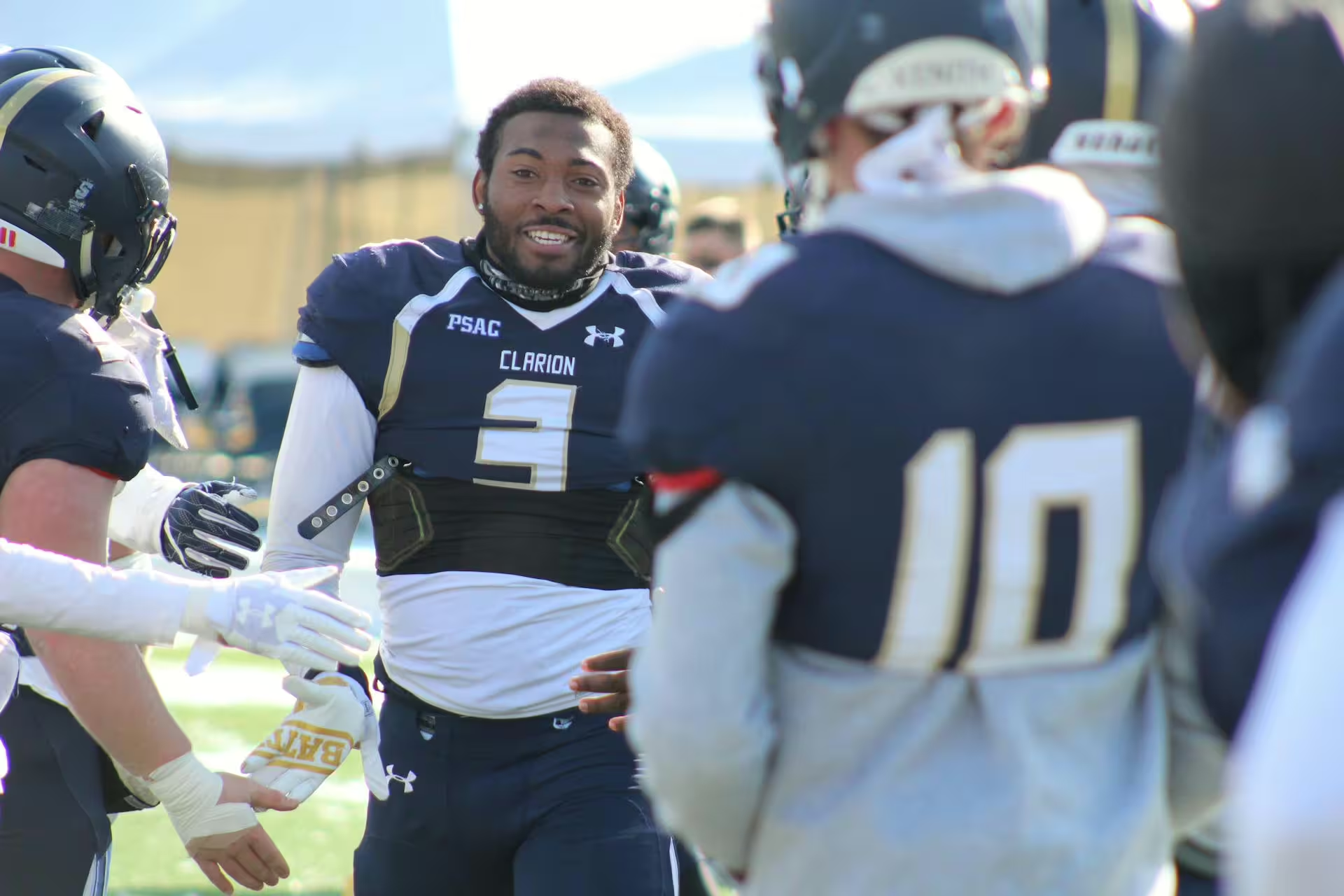Most of us are of two minds when it comes to gym class. One camp has fond memories of physical education (PE) classes where we got to break up the monotony of the school day and game with our friends, the other half of us is tortured by the memory of being “forced” to work out in the middle of the day. Painful memories notwithstanding, all of us must admit that PE is a good thing, especially in an age where childhood obesity and sedentary pursuits are still pervasive elements in our children’s lives.
Ultimately, PE is about much more than just running laps or playing dodgeball against your friends. Physical exercise is and always has been, a key part of a child’s development. Children develop their motor skills, social skills, self-esteem, and emotional resilience through the power of sports, and PE offers them an introductory way to do all of that.
There is a rub, however, especially where PE concerns children with disabilities. Children who have physical disabilities, sensory challenges, social problems, emotional issues may find PE to be a source of frustration, exclusion, or even fear rather than one of joy. In fact, we’re willing to bet that more than a few readers, perhaps those with negative memories of their PE experience, might have struggled for these very reasons.
In this article, we will discuss how you, as a parent, can help to shape your child’s PE experience so that it is a positive one. We will teach you about the basics of inclusive physical education, why it matters to children, and how you can advocate for greater inclusivity in your child’s PE program. That way, regardless of their challenges, they too can come out of school with fond memories of their time in gym class, instead of memories that might require therapy to unravel.
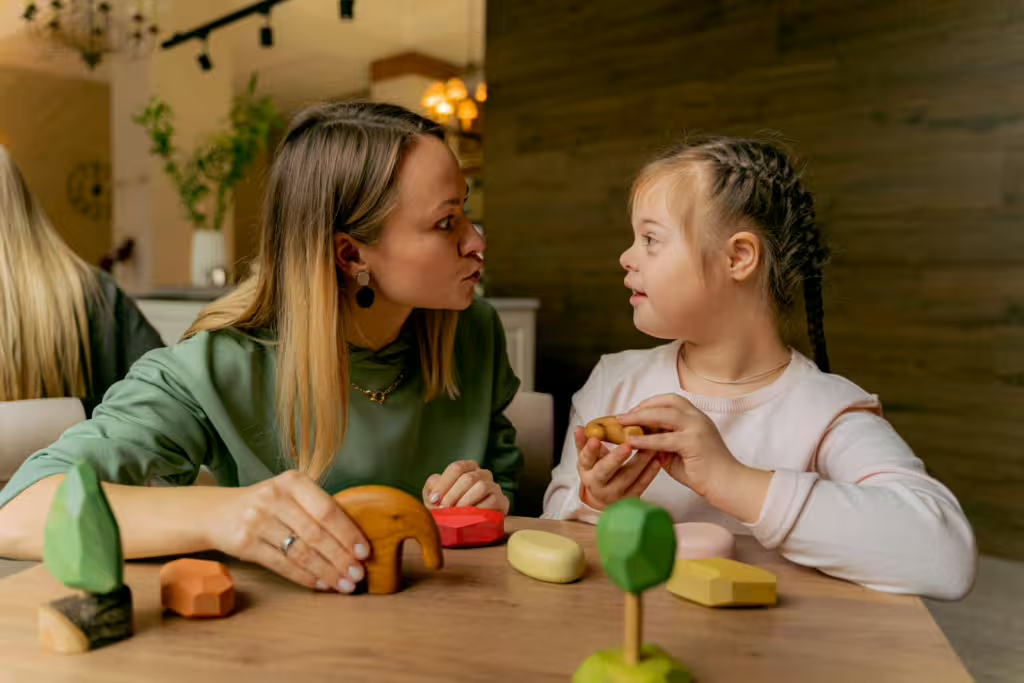
The Ins and Outs Of Inclusive Phys Ed
Inclusive PE—sometimes referred to as Adapted PE or Unified PE—is type of PE meant to overcome the inherent bias that is often part of mainstream physical education. This particular model allows students to participate together, regardless of their disabilities, challenges, or lack thereof. The individual lesson plans of inclusive PE are often modified or adapted to meet the specific needs of each individual within the class, but are also meant to allow for children without disabilities to join in the fun, as well. The main gist of the thing is that no child should be left out of the fun because of their physical, cognitive, emotional, or sensory differences.
Why Inclusive PE Matters
Those of us who have children with disabilities already understand how difficult it can be for them to feel included at times. Oftentimes, children with disabilities or differences in development, can feel overwhelmed by the status quo. They can feel socially inept, physically unprepared, or intellectually at a loss, but they don’t have to feel any of that; nor should they!. Physical education can feel particularly challenging and exclusion—intentional or not—can have lasting effects on a child’s social and emotional development. That’s why inclusive PE isn’t just a nice idea; it’s kind of a necessity.
Building Confidence
Children who join inclusive PE programs learn that they belong just much as the other students do. They learn to do more. And since the rules are often tied to their own limitations, they learn to accomplish things, eventually overcoming their own personal challenges in the bargain. Remember, confidence grows when kids experience success and inclusive PE programs are designed so that they find it, even amongst their peers.
Healthy Bodies, Healthy Minds
The modified games and rules that are part and parcel to inclusive PE are good for every child involved, not just those with disabilities. These games encourage creativity, teamwork, and empathy in young people. While able-bodies students gain exposure and interaction with those who are different from them, the children with disabilities gain the benefits granted by a wide range of movement styles and abilities, which are good for their bodies and minds.
Reduces Bullying and Stereotyping
As we said, inclusive PE programs enable children from different walks of life to play and work together in ways they may not have interacted prior. Together, kids from all across the spectrum and beyond learn to understand and appreciate each other’s differences. As one might expect, more inclusive environments are linked to lower rates of bullying, higher peer acceptance, and more positive attitudes toward the very concept of diversity.
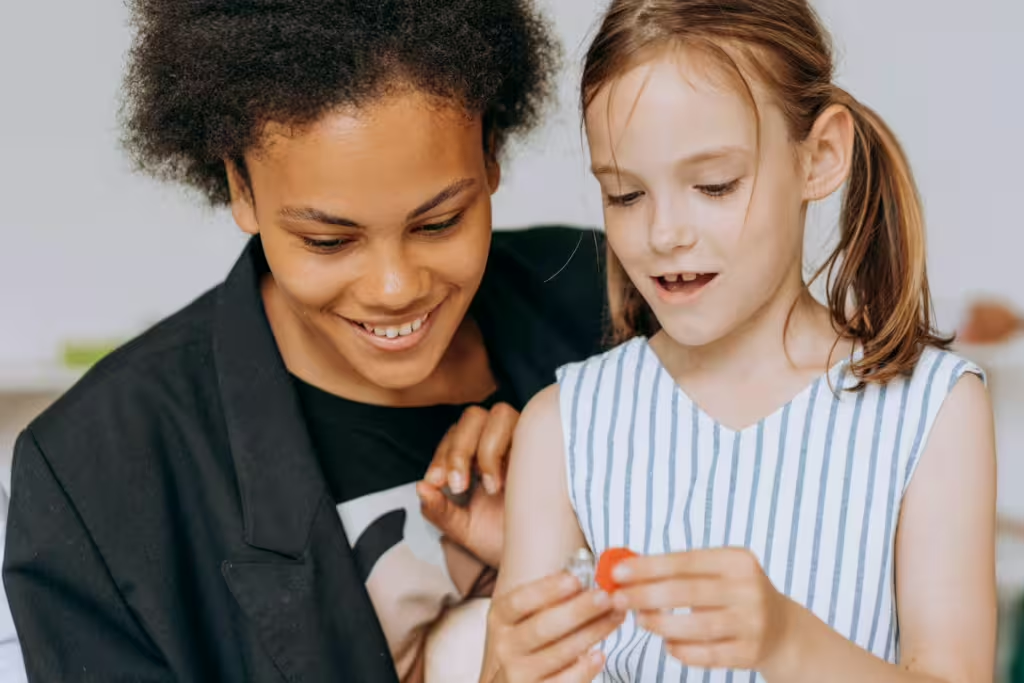
How Parents Become Advocates
You probably already know this, but as a parent, you are always going to have to be your child’s strongest advocate; at least until they are old enough or capable enough to advocate for themselves. If inclusive programs are not currently on the docket within your child’s school district, then you have to be the one to push for more inclusive PE practices. There are several ways to go about doing this:
Learn Your Child’s Rights
First and foremost, you need to understand what your child’s rights are under federal law. Certain political, progressive acts, such as the Individuals with Disabilities Education Act (IDEA) and Section 504 of the Rehabilitation Act, contain lists of those rights. For instance, these acts both state that students with disabilities have the right to equal access to physical education.
This includes several specific considerations, one of which has to do with your child’s Individualized Education Program or IEP. This plan should state that PE is neither a separate or optional service for your child, but a necessity. To this end, schools must provide reasonable modifications to help your child participate in those PE classes. It’s also important to note that your child cannot be removed from PE unless their disability truly prevents participation, and even then, the school must find some alternative to offer them in lieu of traditional PE.
Start the Conversation
If you want to get things done, you need to open up a dialogue. Don’t be shy, talk with your child’s teacher, PE instructor, and school administration about how inclusive their PE programs are. Ask them what adaptations, if any, are currently being made for students with different abilities. Ask if there are opportunities for cooperative play and peer support within those programs. Finally, ask them how success in those programs is measures—by skill, effort, or participation. Remember to avoid being confrontational. Many schools want to do better but lack the training or resources to do so. Perhaps your prompting and concern will lead to positive change for everyone!
Advocate For Funding
Despite what some district officials might tell you, adaptive PE doesn’t have to break the school budget. Some districts might just need help prioritizing it or finding funding options. Concerned and educated parents can advocate by making districts aware of grants or federal funding options. You can help organize fundraising efforts to purchase adapted balls, mats, and assistive devices for students with disabilities. You might help the district form partnerships with local recreation programs to share equipment with the schools. Finally, you might consider reaching out to other parents so that you can collectively organize a parent advocacy group. This will help to amplify your voice and that of others who might have similar concerns. It will also give you a group of kindred spirits to talk to.
Be Present And Informed
If you want change to happen, you need to be there to help it along. This means keeping abreast of your child’s IEP and PE goals to make sure they are being met. This could also mean attending school board meetings, PTA meetings, join parent-teacher groups, and other official gatherings where policy is discussed. Also, be open and informed, share information about inclusive PE and instruction so that the school knows where to start.
Signs of Exclusion: What to Watch For
Unfortunately, not all schools are going to meet the mark when it comes to inclusivity. This isn’t always intentional, but it is always an issue if you are trying to give your child the same opportunities as everyone else. If your child is regularly excluded, benched, or sent to do something else during PE, this could be a major red flag. If only the able-bodied kids seem to merit the instructor’s attentions or praise, there could be an issue with preferential treatment. If your child’s teacher seems frustrated, short-tempered, or confused about how to get your kid involved, they might not be the right person for the job; or else they might not have any experience in dealing with special needs.
Additionally, if there is no mention of phys ed or gym in your child’s IEP updates or report card, they may not be getting the chance they deserve to participate. If any of these apply to your situation, it might be time to get involved in a serious way. Remember, your advocacy is not only important in these situations—it’s downright urgent if you want your child to get the full PE experience they deserve.
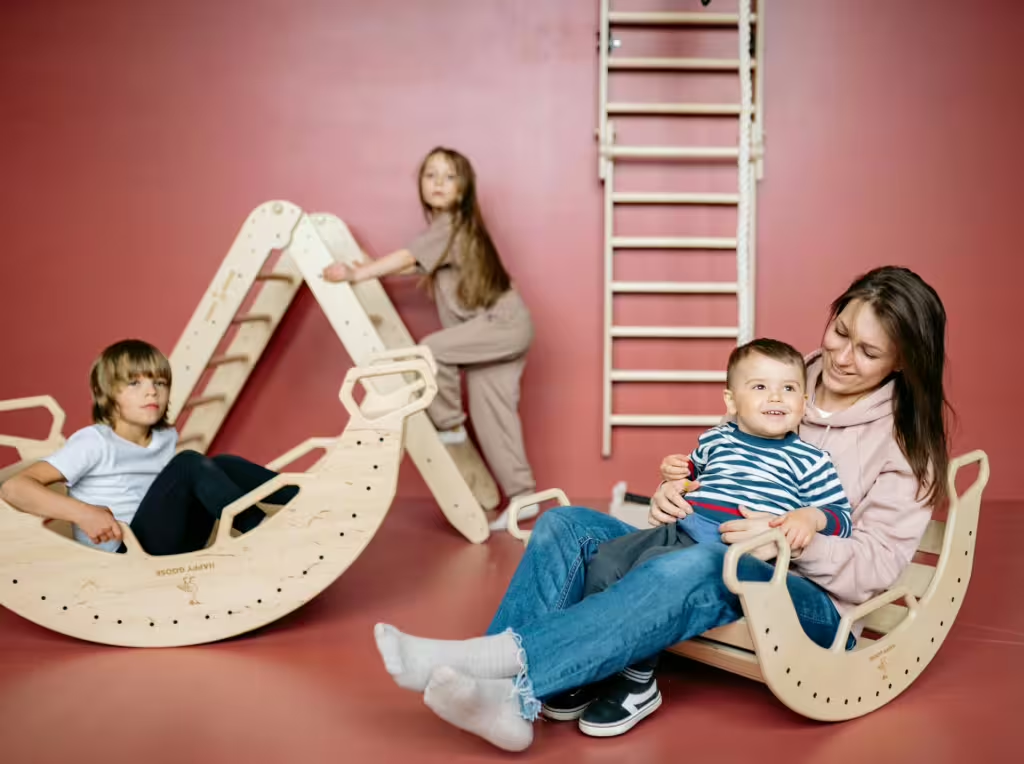
Cultured Athlete Says…
As you can see, inclusive PE classes are the perfect way to get your child engaged with physical education, even if their previous experience has been disheartening or lacking. In the end, inclusive sports are about empowerment, telling kids that they belong, that their are strong, that their body, and their needs, and their challenges matter. At the same time, it is also about hammering home the idea that those challenges should not be something that excludes them from activities that other children enjoy without complication.
Though it might seem like an uphill battle at times, helping school boards to see the value of inclusive PE programs is a noble undertaking; one that your child and many others will end up benefitting from in the long run. Schools that have working inclusive PE programs end up with healthier, happier, more compassionate students—both those that have disabilities and those that do not. When parents like you speak up and advocate for inclusive, supportive programs, that message of inclusion and decency becomes so loud that even the most intransigent school official won’t be able to ignore it for long.
Discover more from CulturedAthlete
Subscribe to get the latest posts sent to your email.

